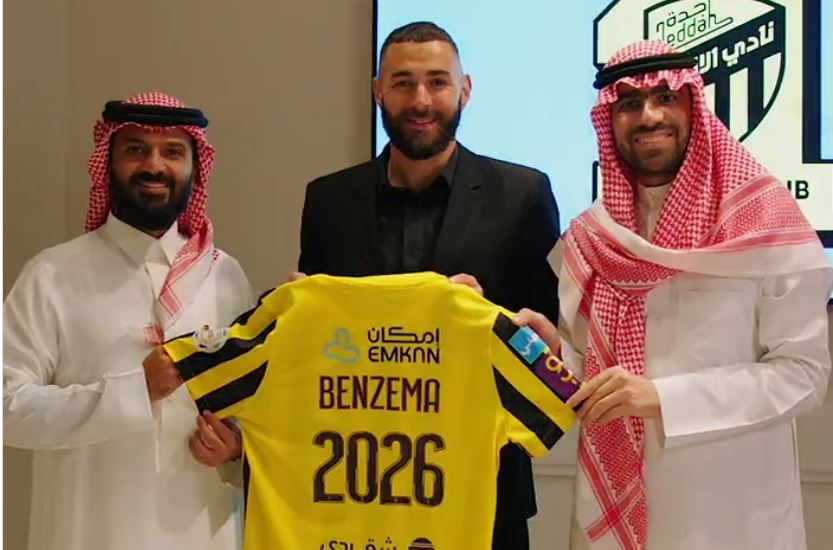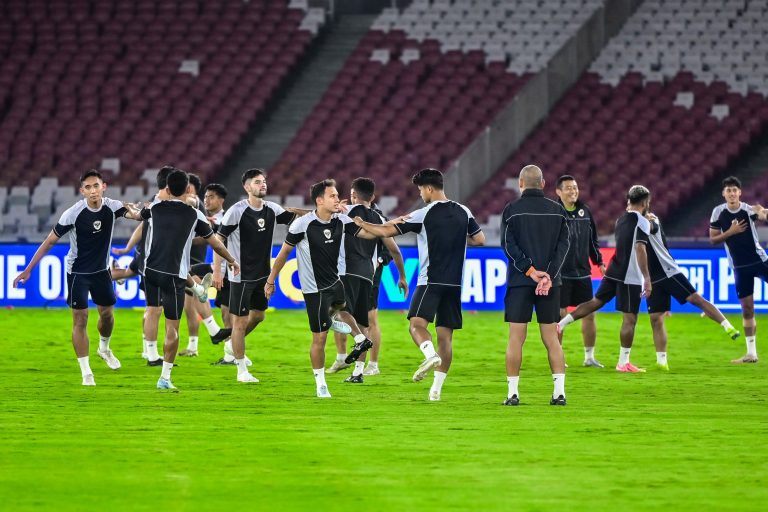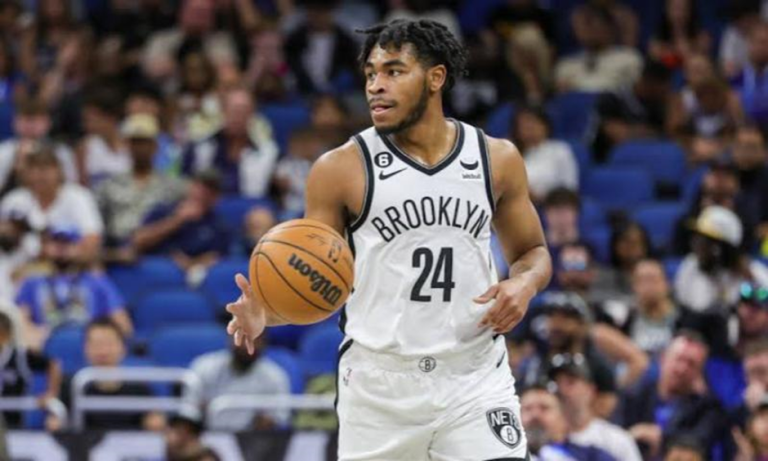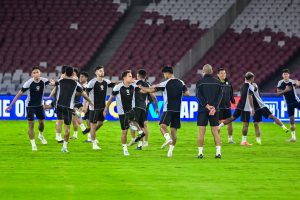The title above is one of my opinions, regarding the recent progress of the Saudi League. In less than a year, they have been under quite a lot of attention, because they brought in many players and coaches from Europe’s top leagues. Starting with Cristiano Ronaldo (Al Nassr) in winter and Karim Benzema (Al Ittihad) in summer, the exodus of Europe’s top league stars to Saudi Arabia seemed to go on without interruption.
Several European-class coaches also came, namely Jorge Jesus (Portugal) at Al Hilal, Czeslaw Michniewicz (Coach of the Polish national team at the 2022 World Cup) at Al Abha, and Steven Gerrard (England) Al Ettifaq. Previously there was Rudi Garcia (France) who was replaced by Luis Castro (Portugal) at Al Nassr and Nuno Espirito Santo (Portugal) who led Al Ittihad to win the league.
At first glance, this phenomenon is similar to what happened in the Chinese Super League (CSL) in the past decade, when players like Didier Drogba (Ivory Coast), Carlos Tevez (Argentina) and Oscar (Brazil) flocked to the Far East, with coach caliber World Cup champion Marcello Lippi (Italy) and Luiz Felipe Scolari (Brazil).
Incidentally, the initial strategy was also similar, namely offering a lavish salary package, with a much larger figure than Europe’s top leagues. There are also ambitious plans from the Chinese government, to develop football, host a World Cup and be world champions in the long term. Unfortunately, the application of financial regulations that were quite extreme in 2018 and the Covid-19 pandemic caused this ambitious project to end up being a failure, because there was no longer a lavish salary package to attract interest.
The situation got even worse, when a number of companies that supported the club were caught in a financial crisis due to the pandemic. In addition, CFA (China’s PSSI) is still not free from corruption problems. As a result, Jiangsu Suning was disbanded (shortly after winning the 2020 league) and Guangzhou Evergrande (now Guangzhou FC), who once won the Asian Champions League, were relegated in 2022 due to a severe financial crisis.
Since then, the Chinese Super League has gradually returned to its original mode. Far from the frenetic and glamorous words. Will the Saudi League meet the same fate? In the short term, the answer is no. The reason is that the Saudi League is directly supported by the government (among others through PIF, a state-owned investment company belonging to the Saudi Arabian government) and the private sector. Automatically, opportunities for cooperation with world-class sponsors (including club sports apparel) can be realized.
For example, as of January 2023 Al Hilal is sponsored by Puma apparel until 2027. Meanwhile, Al Nassr is sponsored by Nike apparel for a year as of July 2023, thanks in part to the presence of Cristiano Ronaldo as Nike’s global icon.
This progress seems to be a positive capital in the eyes of the international community, because it gives a good impression. At the Asian level, Saudi Arabia has been selected as the host for the 2027 Asian Cup, and will try to advance as a candidate to host the 2030 World Cup, along with Egypt and Greece.
This model is very different from CSL, which in terms of funding is generally supported by the private sector, with the government acting more as a planner. Thus, there is an aspect of sustainability that is trying to be built in the Saudi Arabian league, by trying to attract as many sponsors as possible.
In the era of industrial football, this has become a common phenomenon, and the great potential of the football industry seems to have been well seen by the Saudi Arabian government, which had previously bought the Newcastle United club through PIF.
It is this Gpoint that makes the salary package for the Saudi Pro League star players look luxurious, because it includes cooperation contracts with sponsors. Clubs can also get extra income from sponsors. Although it looks ambitious, the Saudi League project is more organized than the CSL, because it also relates to the Saudi government’s economic diversification program in their “Vision 2030” program.
So, this is not just a show-off from a sporting point of view, because there is indeed money to be put into play there. This potential lies in, among other things, the purchasing power of the local people which is quite large, and they want to try to optimize it, while attracting potential outside partners.
Coincidentally, the Saudi Arabian government is also trying to change its ultraconservative image to a liberal one, among others by removing old regulations that limited women’s space for movement. This is clearly different from China which is still playing “two legs” through an approach of “ideologically socialist, but tends to be liberal in terms of money”, because getting as much money as possible is the main key.
In the context of football, this approach has failed to be implemented in CSL, because the rules set are take in sync with the initial ambition. It’s really like digging your own grave. Another quite fundamental difference from the CSL and the Saudi Pro League is the basic capital in terms of the level of achievement of each national football. Although relatively strong in Asian football, the achievements of Saudi Arabia and China are actually quite lame. At the continental level, China has entered the Asian Cup final twice (1984 and 2004) but Saudi Arabia has made it to the top of the Asian Cup six times and won 3 of them (1984, 1988 and 1996).
At the world level, China did appear in the 2002 World Cup, but Saudi Arabia has appeared in the World Cup 6 times, with one of them qualifying for the round of 16 finals (1994). So, the CSL and the Saudi Pro League are basically “similar but not the same”, because the basic models and initial capital of each national football are very different.
In addition, the Saudi League accommodates not only veteran stars who are almost retired, but also stars who are still at their peak age of performance, such as Ruben Neves (26), Roberto Firmino (31) and Marcelo Brozovic (30).
With the quota of foreign players still numbering 8 people per team, plus a lavish salary package, it seems only natural that competition in this Middle Eastern country looks attractive, and could be an attractive option for selling players for several European clubs.
Of course, this is one initial strategy to attract sponsors and build familiarity. The situation is the same as when David Beckham came to MLS in 2007, which was recently renewed with Lionel Messi’s transfer to Inter Miami in 2023.
However, if the Saudi Pro League project aims to improve the quality of national football in Saudi Arabia (apart from the economic diversification factor), sooner or later there will surely be adjustments to the number and quality standards of foreign players in one team. As long as everything goes smoothly, the initial breakthrough presented by the Saudi Pro League can make them the Asian version of MLS, because they don’t just flirt with lavish salaries, but have high standards regarding foreign players and competition.
In this way, the long-standing stagnation in Asian football can be slowly removed. Other countries in Asia will also be encouraged to do better, so that Asian representatives can speak more at the world level.
ASL















